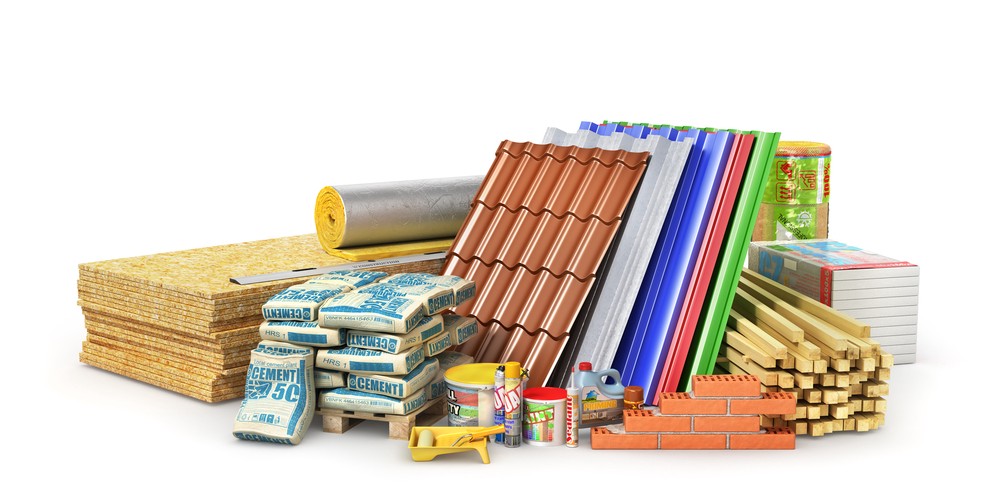Why Composites are Reinventing Building Products
Unlocking the Ecological Benefits of Recycled Composites in Building And Construction and Layout
In the realm of building and construction and style, the utilization of recycled compounds holds substantial guarantee for enhancing sustainability methods and reducing ecological impact (composites). By integrating these cutting-edge materials, there is a prospective to resolve important issues such as waste minimization, power conservation, and a reduction in carbon impact. The change in the direction of a more sustainable future in these sectors hinges on unlocking the complete possibility of recycled compounds. This discussion will check out the complex advantages and challenges connected with incorporating recycled compounds into construction and style, using a glance right into the transformative possibilities that lie ahead.

Environmental Impact Reduction
The reduction of ecological influence with the usage of recycled composites in construction and design plays an important function in sustainable practices. By including recycled compounds into building products, the building and construction industry can significantly decrease its carbon impact and add to an extra eco-friendly future. These lasting products, made from repurposed plastics, wood fibers, or various other recycled components, offer a feasible alternative to typical construction materials without compromising on quality or durability.
Recycled composites help draw away waste from landfills and lower the requirement for extracting resources, hence saving natural deposits. Additionally, the production procedure of these compounds commonly takes in much less energy and discharges fewer greenhouse gases contrasted to producing virgin products (composites). This change towards making use of recycled composites not just reduces ecological damage yet likewise advertises a round economic climate by encouraging the reuse of products that would or else be discarded
Waste Reduction
With an emphasis on reducing waste in construction and layout, the integration of recycled composites supplies a sustainable option to reduce ecological impact. Waste reduction is an important aspect of sustainable techniques, and the use of recycled compounds presents a chance to attain this goal efficiently. By making use of materials that have actually currently offered their initial function, such as recycled plastics or redeemed timber fibers, the building and construction and design markets can significantly minimize the quantity of waste created and sent to garbage dumps.
Recycled compounds have the potential to draw away significant quantities of waste from conventional disposal techniques, adding to a more circular economy where resources are utilized efficiently. Additionally, the manufacturing process of recycled compounds usually eats less energy and creates less exhausts compared to virgin products, further reducing the environmental footprint of building and construction and style tasks.
Executing waste minimization techniques through the incorporation of recycled composites not only helps in conserving natural deposits yet additionally advertises a much more lasting technique to building and developing for a greener future.
Power Preservation
Including recycled composites not just lessens waste in construction and layout yet likewise plays an important duty in improving energy preservation methods within the industry. Using recycled compounds in building can substantially add to power conservation through numerous ways. The manufacturing of virgin materials commonly needs official website substantial power inputs, whereas using recycled compounds consumes much less energy, therefore decreasing total energy intake. Additionally, including recycled compounds can add to far better insulation properties in buildings, reducing the demand for excessive heating or air conditioning, and as a result lowering power use for climate control. In addition, the lightweight nature of lots of recycled composites can result in lighter frameworks, requiring more information less power for transport and installation. By promoting the usage of recycled compounds in construction and style, the sector can make significant strides in the direction of achieving power effectiveness and decreasing its carbon footprint, ultimately adding to an extra lasting built setting.
Carbon Impact Reduction
Enhancing sustainability practices through the application of recycled compounds in building and construction and style significantly reduces the carbon impact of the sector. By incorporating recycled materials right into the manufacturing of composites, the need for virgin resources lowers, leading to reduced power consumption and greenhouse gas emissions linked with standard manufacturing processes. This decrease in carbon footprint is crucial in combating environment modification and promoting an extra ecologically friendly strategy to building and style.
The carbon footprint reduction attained through the adoption of recycled compounds aligns with the international push towards sustainable techniques and the reduction of commercial exhausts. Ultimately, by focusing on the integration of recycled compounds, the market can make substantial strides in decreasing its carbon footprint and contributing to an extra sustainable future.
Sustainable Future
The integration of recycled composites in building and construction and style not only addresses instant environmental problems however also lays a strong foundation for a lasting future in the market. By including recycled compounds right into building materials and products, the building and construction and design industries can substantially minimize their dependence on virgin resources, leading to this contact form an extra round economy. This shift in the direction of sustainability is crucial for reducing the environmental effect of standard construction methods, which typically lead to high degrees of waste generation and resource exhaustion.

Verdict
To conclude, recycled compounds supply significant ecological advantages in construction and style by reducing ecological influence, decreasing waste, preserving power, decreasing carbon impact, and advertising a sustainable future. Embracing the usage of recycled composites can add to a more environmentally-friendly strategy to structure and design, inevitably bring about a much more lasting and greener future for all.
The decrease of ecological influence with the use of recycled composites in building and design plays an essential function in sustainable practices.With a focus on lessening waste in building and design, the assimilation of recycled composites uses a sustainable option to reduce ecological influence. By promoting the usage of recycled compounds in building and construction and design, the industry can make substantial strides in the direction of attaining energy performance and lowering its carbon footprint, inevitably contributing to a more sustainable developed environment.
